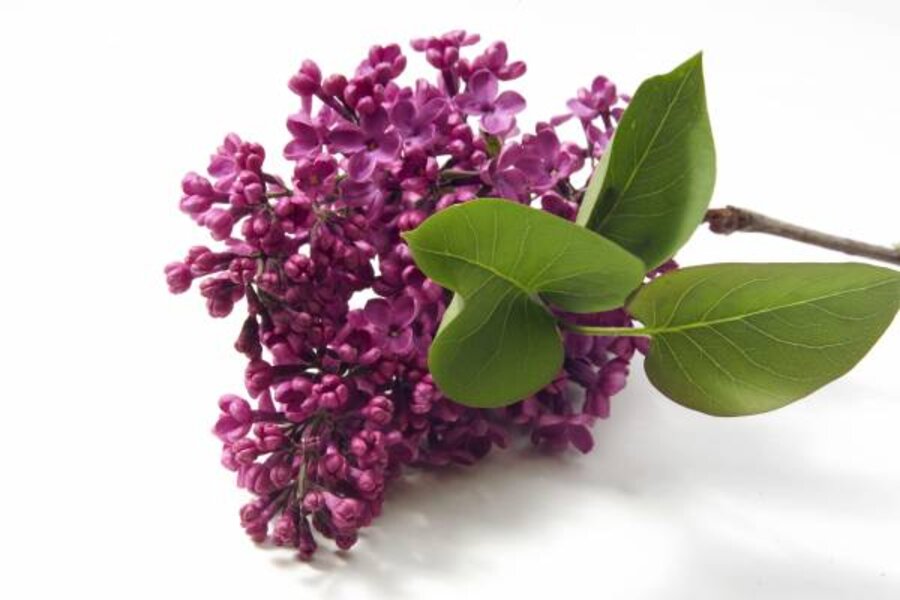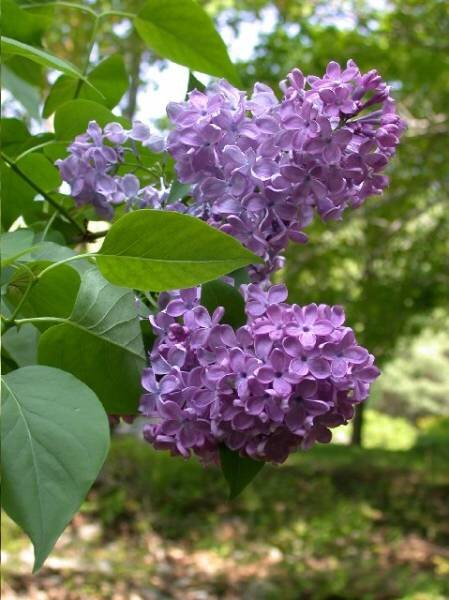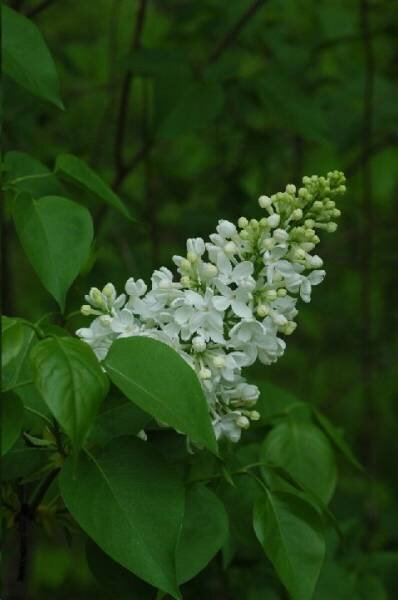Seeds: Sow them and expect wonders
Loading...
About 20 years ago I interviewed Fr. John Fiala, an amateur hybridizer well known for breeding lilacs — and writing about them. His book "Lilacs: The Genus Syringa" (revised and updated by Freek Vrugtman as "Lilacs: A Gardener’s Encyclopedia") is still considered the definitive work on the subject.
As we walked through fields of his Ohio farm, he pulled seed pods off one lilac bush after another: “Try planting them,” he said. “You may get something interesting.”
What I got, nine years later, was better than interesting: three long rows of 10-foot-tall lilac bushes, about 60 altogether, with flowers ranging from white to deep purple.
Nothing was so wonderful or special that I thought I might earn a living as a commercial breeder and grower, but my lilacs were handsome and fragrant enough to enhance the landscape. And each continues to produce new generations of seeds, which beget more new flower forms and colors.
Nine years may be longer than most gardeners have in mind when they cover a seed with a bit of soil. Beans and marigolds are quicker, but my lilacs also confirmed what remarkable things could come from those brown, parchment-leaflike seeds.
Henry David Thoreau, no stranger to the natural world, said it perfectly: “I have great faith in a seed..... Convince me that you have a seed there, and I am prepared to expect wonders.”
Each of us can expect wonders from seeds, which come in an army of sizes from the dustlike specks of epiphytic orchids to the 40-pound monsters produced by the sea coconut (Lodoicea maldivica).
They also come in all sorts of forms: the silky-tailed seeds of milkweeds; the striped elliptical seeds of sunflowers; the nearly square seeds of corn; the rock-hard round pits of cherries; the ridged oval seeds of carrots; and tens of thousands more.
However different in form and color and girth, each seed contains a plant-in-waiting. It is more amazing than a genie in a bottle, the Maine author Celia Thaxter wrote in "An Island Garden" in 1894: “In this tiny casket lie folded roots, stalks, leaves, buds, flowers, seed-vessels ... .all that goes to make up a plant which is a gigantic in proportion to the bounds that confine it as the oak is to the acorn.”
Karan Davis Cutler is one of nine garden writers who blog regularly at Diggin’ It. She's a former magazine editor and newspaper columnist and the author of scores of garden articles and more than a dozen books, including “Burpee - The Complete Flower Gardener” and “Herb Gardening for Dummies.” She now struggles to garden in the unyieldingly dense clay of Addison County, Vt., on the shore of Lake Champlain, where she is working on a book about gardening to attract birds and other wildlife.
-----
To read more by Karan, click here. The Monitor’s main gardening page offers articles on many gardening topics. See also our Diggin' It blog archive and RSS feed. You may want to visit Gardening With the Monitor on Flickr. Take part in the discussions and get answers to your gardening questions. If you join the group (it’s free), you can upload your garden photos, enter our current contest, and possibly win a nice prize. Its theme is pictures of spring.







